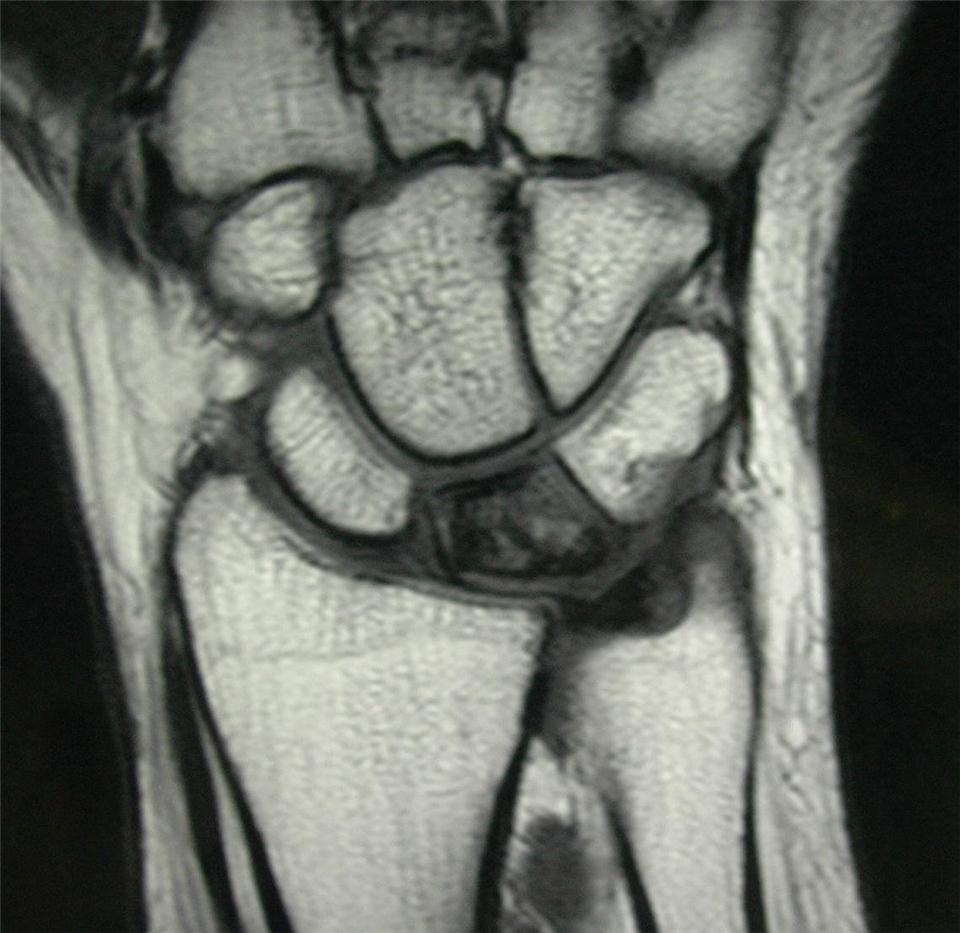
 Kienbock’s disease is a rare condition which affects the lunate bone in the wrist. Here’s a look at the signs and symptoms, causes and treatment from your hand therapist.
Kienbock’s disease is a rare condition which affects the lunate bone in the wrist. Here’s a look at the signs and symptoms, causes and treatment from your hand therapist.
Kienbock’s disease is a rare condition which affects the lunate bone in the wrist. This bone is important for movement and stability in the wrist. When this bone becomes damaged it can lose its blood supply leading to avascular necrosis. This process means that the bone is no longer able to receive oxygen and nutrients and therefore the bone eventually breaks down and leads to bone death.
Kienbock’s disease generally affects people aged between 20 – 40 years old and can affect men more commonly than women. The disease can develop and worsen gradually over several years.
Signs and Symptoms of Kienbock’s Disease
• Pain in the central wrist.
• Swelling and stiffness in the wrist.
• Painful clicking and clunking in the wrist.
• Reduced grip strength.
• Pain on palpation of the lunate bone.
What Causes Kienbock’s Disease
It is believed that Kienbock’s disease generally occurs from a combination of multiple factors including:
• Genetic predisposition
• Poor arterial blood supply to the lunate bone (some people have 2 blood vessels supplying this bone, other people only have one).
• Trauma such as a fall or a blow to the wrist. Trauma can also accumulate over time from multiple events.
• Small skeletal differences causes an unusually shaped lunate bone.
Usually an MRI scan is needed to make a diagnosis of Kienbock’s disease as the blood supply can be assessed. A normal x-ray will not be able to see this level of detail.
Treatment From Your Hand Therapist
Generally treatment involves a period of rest in a cast or a splint which your hand therapist will make for you. Following this, exercises to increase movement and strength will be used in your rehabilitation.
Surgical Treatment
In some cases where the symptoms are severe or do not respond to therapeutic treatment, further treatment options may include revascularisation (restoring the blood supply) of the lunate bone, removal of the bone or fusing the joint. Your therapist can discuss with you and your GP to arrange a referral to a Hand Surgeon if required.
If you are suffering from any of these symptoms, or any other issues with the hand, arm or fingers, please feel free to get in touch with the Hand Therapy Group here, we would be more than happy to help.

